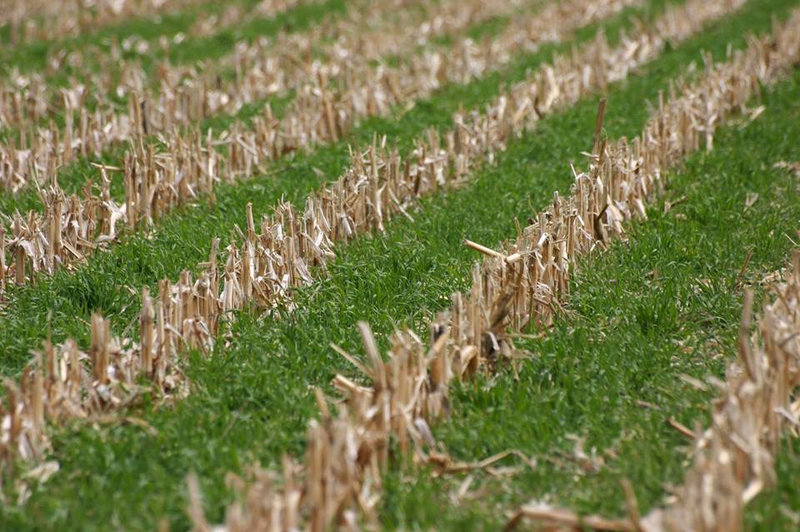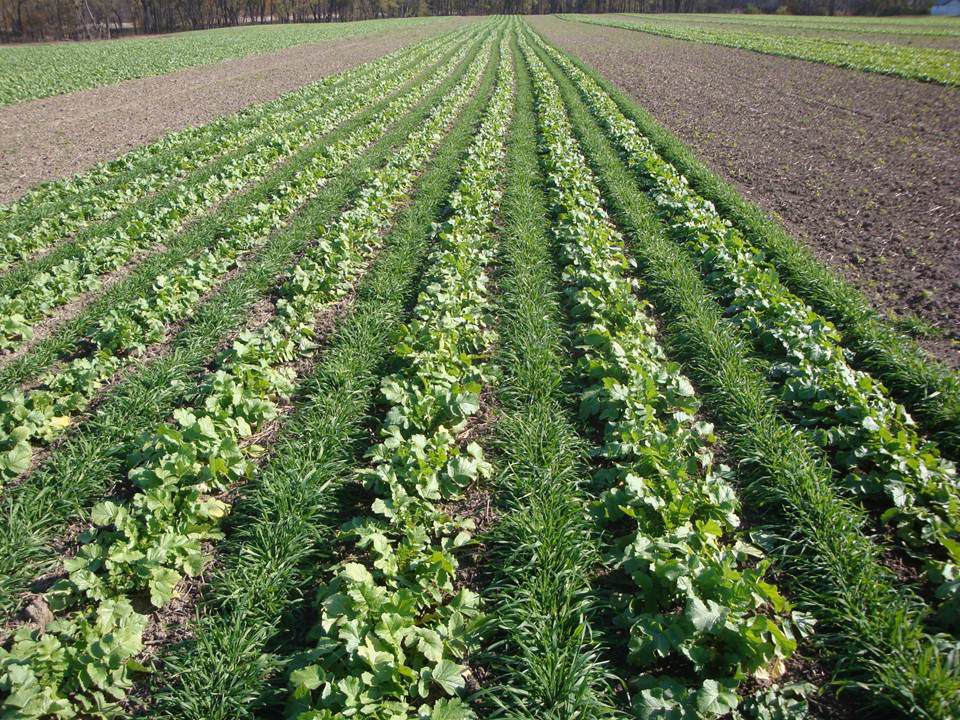Prevented planting, cover crops, and a wet fall taught farmers across the Midwest a lot of lessons going into 2020. The South Dakota NRCS has put together a short film
Watch this 3 1/2-minute video which is part of a new mini series for #agriculture.
In this discussion, farmers and specialists go over some of the lessons learned in 2020.
Wet August 2019 conditions prevented some cover crops from being planted; farmers were left weighing up terminating covers in the fall or leaving them to overwinter and provide spring growth; the perspective of experienced cover croppers on their attitudes to reseeding of covers (e.g., buckwheat) and how they deal with them.

“Growing Resilience” is intended to help farmers and ranchers gain insights into 2020 crop year thinking from eight farmers and several technical specialists from the South Dakota NRCS and SDSU. Filmed in late-February 2020 in Mitchell and Crooks, SD, these recorded conversations offer candid comments on issues they faced on 2019 Prevented Planting acres, and how their soil improvement journey makes their fields more resilient.
| These short video stories provide farmers and ranchers with ideas and options to consider now and for future growing seasons. Additional resources, including technical guidelines, are available on our website at www.sd.nrcs.usda.gov > Soils > Growing Resilience with Soil Health.Specialists with the USDA NRCS are respecting social distancing and are available by phone or email for answering questions. Please visit farmers.gov/service-center-locator to find the latest COVID19 operational status and a directory with your local office and employee contact information. |
Please feel free to “like and share” on your favorite social media!
Initiated by the USDA NRCS with a Partnership Work Group.
Produced by the University of South Carolina in collaboration
with the USDA NRCS serving South Dakota.
The views and opinions of the farmer participants expressed herein do not necessarily state or reflect those of the United States Government, and shall not be used for advertising or product endorsement purposes.



